From board games and card games, to mobile and video games, there's a wide range of great wildlife-themed games being created. Learn about wildlife around the world in these fantastic products, whilst having fun with friends and family.
For even more gift ideas you may like our round-ups of wildlife-themed jigsaw puzzles, gifts for nature lovers, nature books for kids and teenagers, and books on mental health, mindfulness and connecting with nature.
If you're looking for more board game reviews, our sister magazines BBC Good Food, BBC History and BBC Science Focus have also reviewed themed games!
We’ve split these games into different categories:
Board games for nature lovers
Mariposas
By Elizabeth Hargrave. Alderac Entertainment Group, £49.99.
Age 14+, 2-5 players, 45-75 minutes playing time.
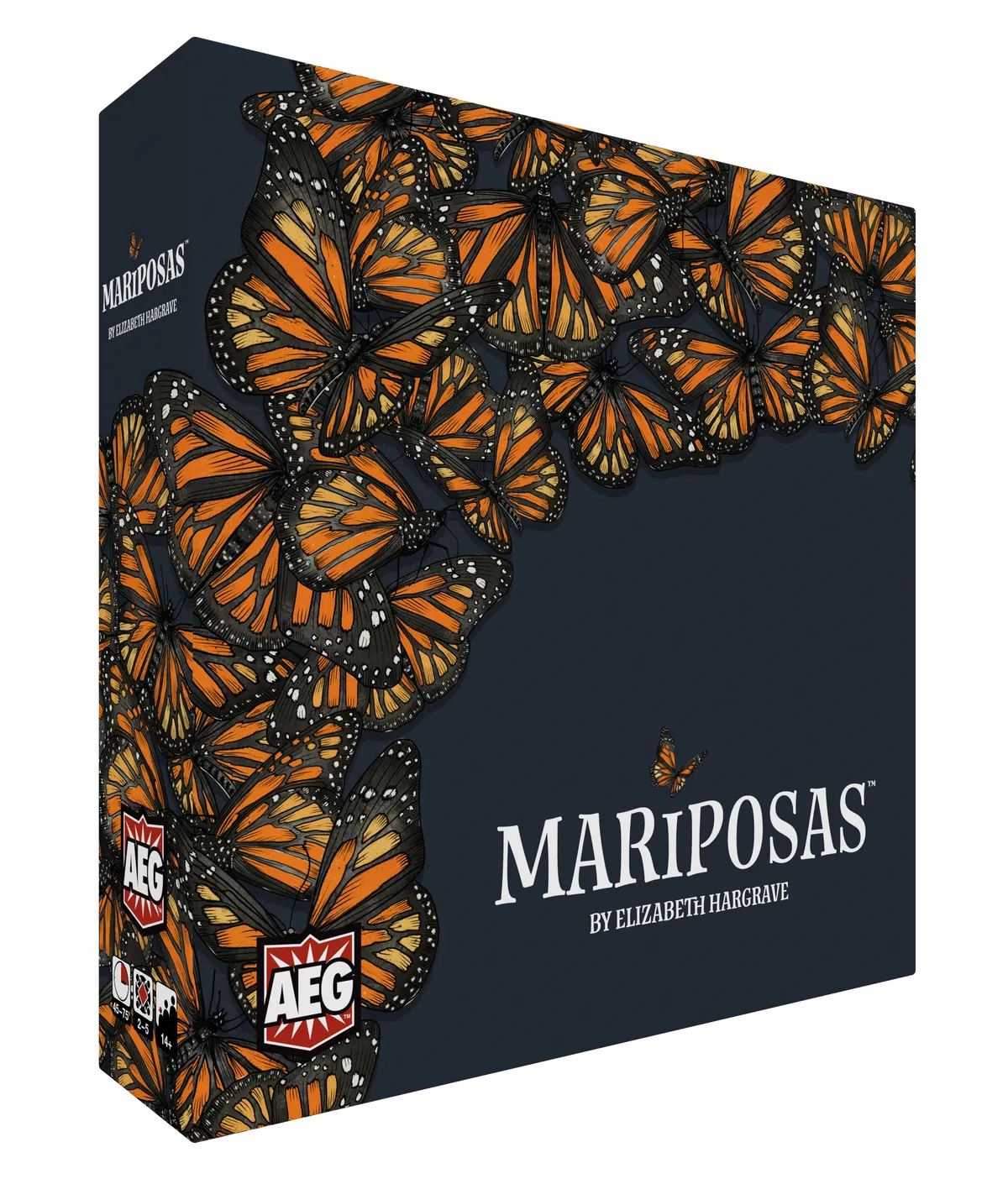
From award-winning game designer Elizabeth Hargrave comes another excellent wildlife-themed board game. Based again on flying animals, this time the attention is turned away from the birds of her Wingspan game (review below) to the Monarch butterflies, renowned for their multi-generational migration from central Mexico across northern America and back again.
The game is played across three seasons, starting off with spring in Michoacán in Mexico. Players migrate their first generation of butterflies into continental North America, feeding on five types of flowers along the way. Butterflies can hatch when they land next to milkweed and can stop off at cities to collect waystation cards (extra flower tokens, a lifecycle card or a bonus card).
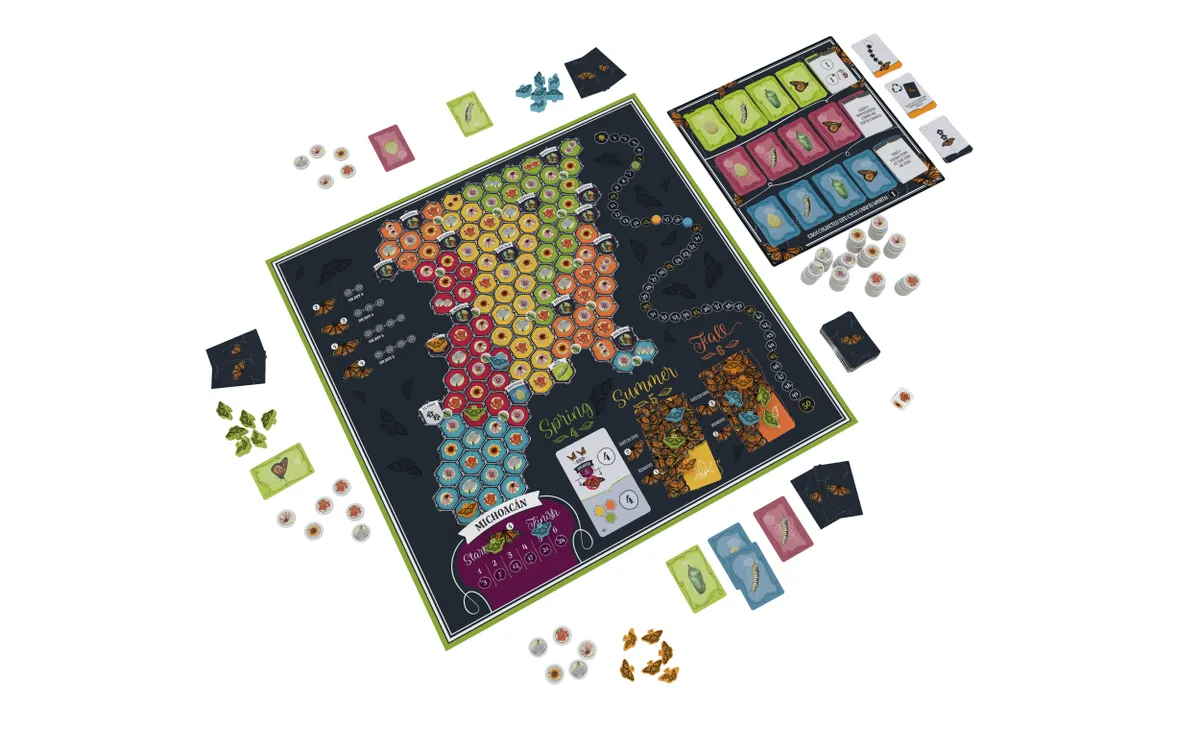
There are additional points to gain at the end of each season, with the summer and autumn goals revealed as the game progresses. However, these can be ignored if it doesn’t fit with your overarching strategy. Importantly, players must remember to return as many of their fourth-generation butterflies as they can to Michoacán before the end of autumn.
Reviewed by Megan Shersby, editorial & digital co-ordinator, BBC Wildlife
Oceans
By Nick Bentley, Dominic Crapuchettes, Ben Goldman, and Brian O'Neill. Northstar Games Studio, £49.99.
Age 12+, 2-4 players (5-6 with deluxe edition), 60-90 minutes playing time.
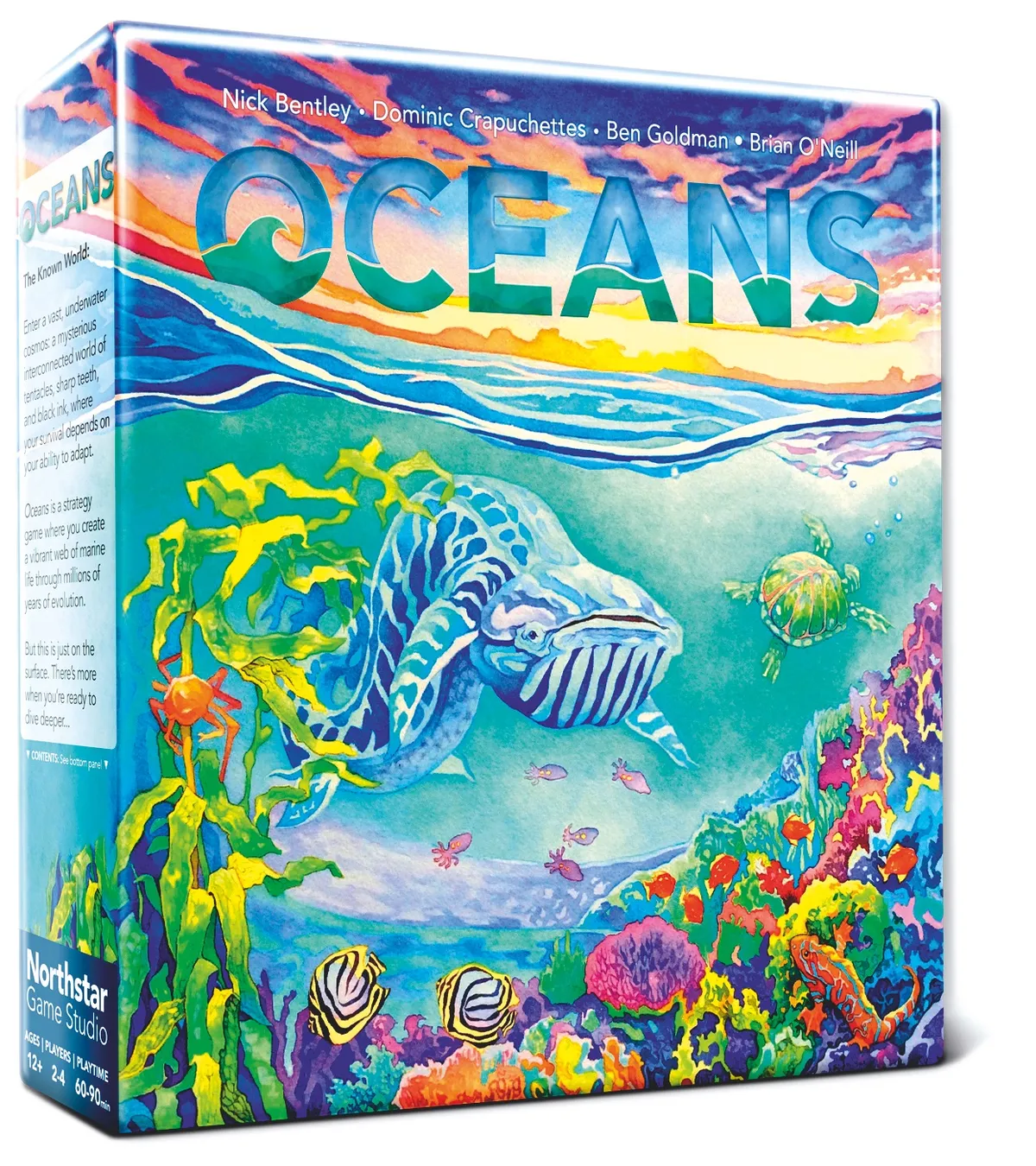
A standalone game to the award-winning Evolution series, the aim of this marine-themed game is to create and evolve marine species in an ever-changing ecosystem, and try to stop them from going extinct. The first half of the game is relatively slow, as you gradually evolve your species using the 12 ‘Surface’ traits available, and feed from the reef to build their populations.
There can be quite a bit of interaction with other players' species, with the ability to passively gain food from neighbouring species when you apply parasitic or shark cleaner traits to your species. If you want to be more aggressive, you can play predatory traits that allow you to attack other species – if they don't have defensive traits to block your attack that is. You'll likely lose some species along the way, and in fact, you may find that it's a handy strategic move.
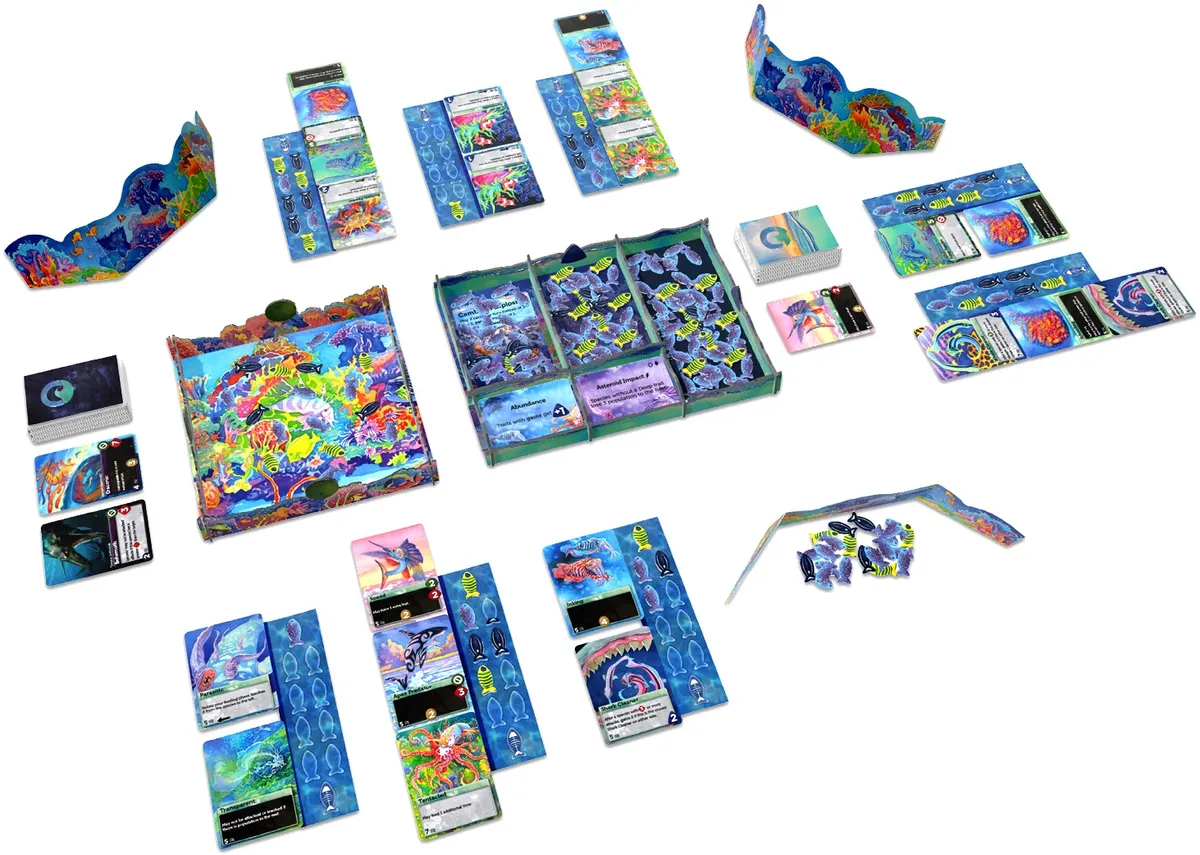
Then the Cambrian explosion occurs, and suddenly everything becomes a lot more extreme, with random scenario cards activating and deactivating (such as asteroid impacts!). After the explosion, players can starting using powerful trait cards from ‘The Deep’, which stray from reality into the world of the unknown, with cards such as ‘Abyss Dweller’, ‘Electric Discharge’ and ‘The Kraken’. Each of ‘The Deep’ 100 cards is unique, so each game will be different.
If the latter half doesn’t appeal to you, the game can be made more family-friendly by playing the Reef variant and avoiding the ‘The Deep’.
There’s also a deluxe edition available, which a 5-6 player expansion, acrylic fish tokens, foiled scenario and ‘The Deep’ cards, card sleeves and food bags.
Reviewed by Megan Shersby, editorial & digital co-ordinator, BBC Wildlife
Wingspan
By Elizabeth Hargrave. Illustrated by Natalia Rojas, Ana Maria Martinez Jaramillo, and Beth Sobel. Stonemaier Games, £59.99.
Age 10+, 1-5 players, 40-70 minutes playing time.
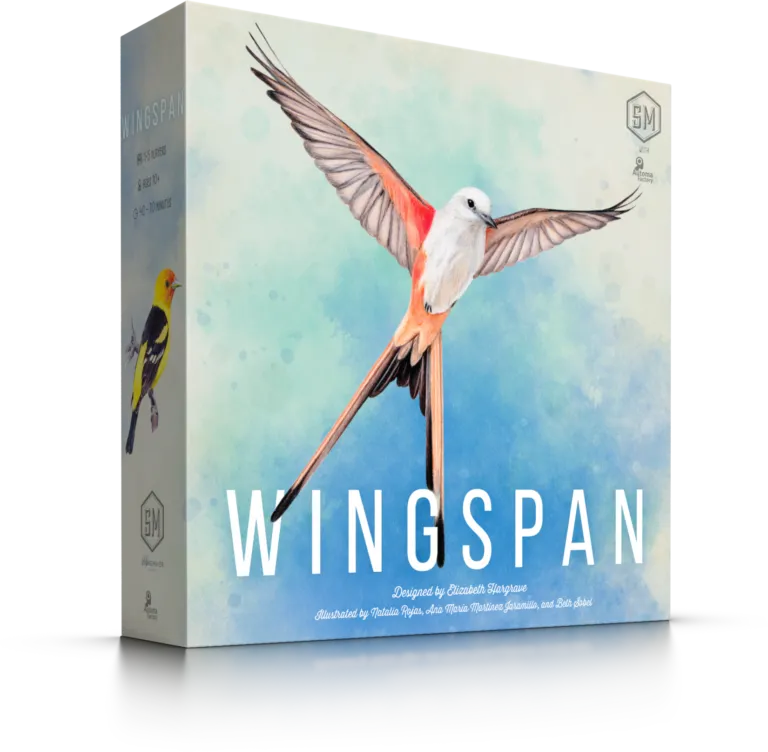
Wingspan landed on the board gaming scene in 2019 and was soon picking up awards left, right and centre. It has since encouraged scores of board game players to discover the joy of birdwatching, and introduced many birdwatchers to the thrill of board games.
The premise of the game is to attract birds to your nature reserve, where they can live in one of three habitats: forest, grassland or wetland (with the exception of some migratory birds which can moved between habitats). Each of the 170 birds is assigned a power (with the exception of some high-scoring birds) which can be activated either upon playing the bird, when taking an action in the habitat that bird is living in, or once between turns.
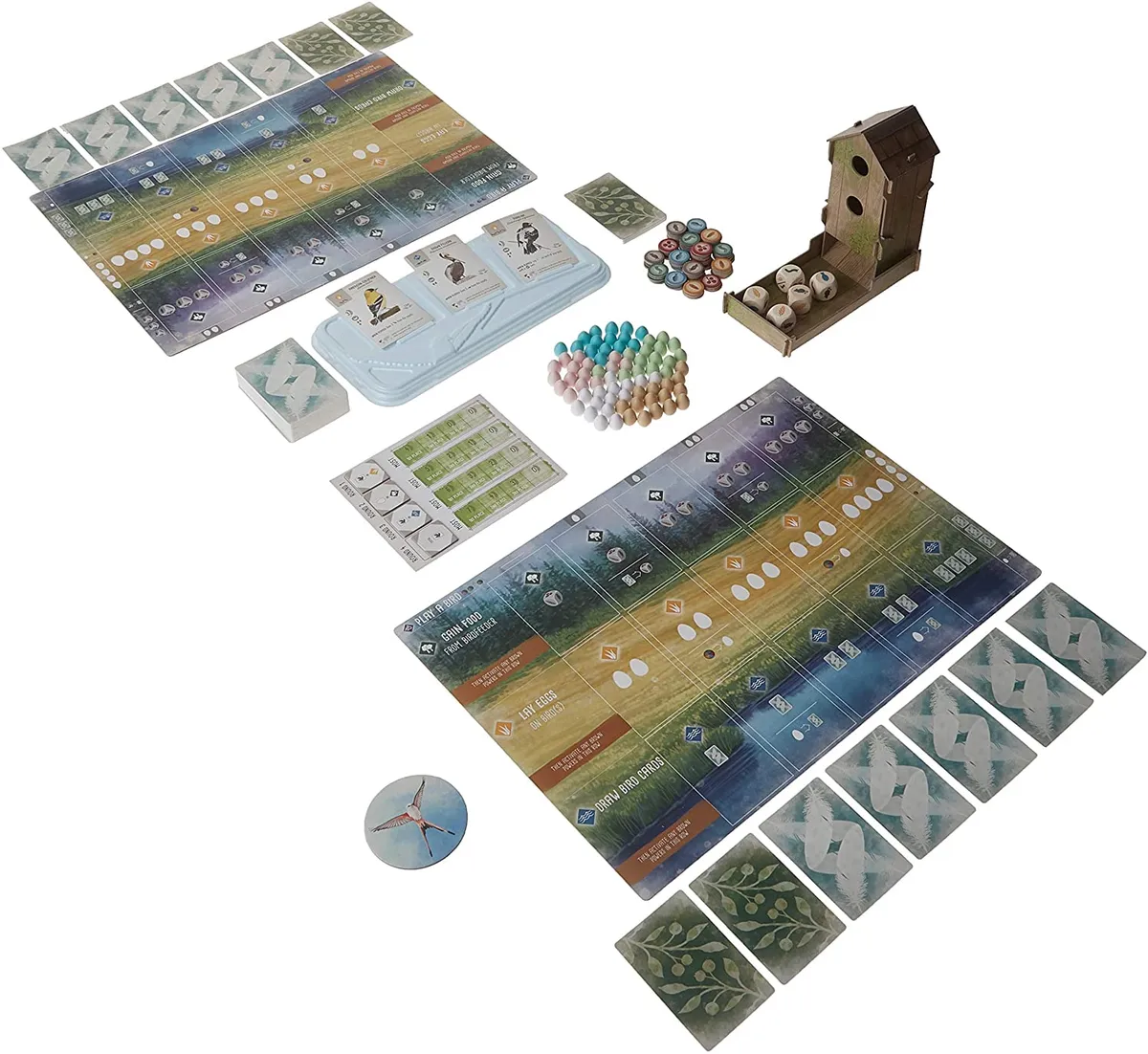
For each of your turns, you have the choice of just four actions: play a card, gain food from the birdfeeder (a very cute dice tower), lay eggs or draw more bird cards. There are a wide variety of ways to gain points including playing birds, laying eggs, tucking other bird cards (either as a predator catching prey, or by creating flocks), end-of-round goals, and bonus cards. With so many different factors to take into account (including some luck) and potential strategies to focus on, it’s a very easy game to play again and again without getting bored.
The popularity of the game has meant that’s it has been swiftly followed by two expansions, with more planned for the future. So far, the two expansions are European and Oceania, released in 2019 and 2020 respectively. Each adds more bird and bonus cards to the game, end-of-round goals, differently coloured eggs, and new powers – both the ‘brown’ powers for activating when taking an action in a habitat, as well as end-of-round actions with some European birds and end-of-game actions with some Oceania birds. The Oceania expansion takes things a little bit further and introduces nectar as a new food type, which changes up the gameplay a bit and also means using new player mats.
Wingspan has also been adapted to play via Steam and on the Nintendo Switch.
Reviewed by Megan Shersby, editorial & digital co-ordinator, BBC Wildlife
Ishtar: Gardens of Babylon
By Bruno Cathala. IELLO,
Age 14+, 2-4 players, 45 minutes playing time.

In this game from award-winning designer Bruno Cathala, players compete to grow the best flower gardens within the desert and create the legendary Lost Hanging Gardens of Babylon for the queen.
Vegetation tiles come in three configurations and must be carefully placed on the board, using the waters from the sparsely located fountains to grow the gardens. Turn grass tiles into flower spaces and join them up to create beautiful flower beds, tended to by assistant gardeners.
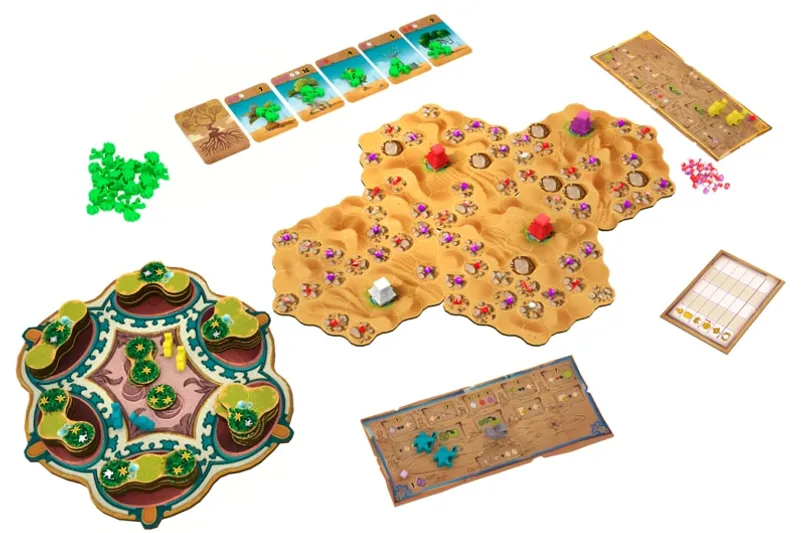
Precious gems are available to collect as the desert spaces are transformed, worth varying amounts of points according to colour. These gems can be used to move on from the available vegetation tiles to preferred shapes, to buy trees for the gardens or to upgrade the skills of the gardening assistants, all of which can help with increasing the final tally of victory points.
Players must avoid their gardens joining up, so what starts as peaceful tending of the soil quickly leads to jostling for space on the board, competition for gems, and control of the fountains and flowerbeds. The sparkly gems and meeples (assistants, trees and a watering can) are a nice touch and satisfying to use. With different point-scoring strategies to pursue, this game can be easily replayed, but isn't overly complex.
Reviewed by Megan Shersby, editorial & digital co-ordinator, BBC Wildlife
Cryptid
By Hal Duncan, Ruth Veevers. Illustrated by Kwanchai Moriya. Osprey Games, £29.99.
Age 10+, 3-5 players, 30-50 minutes playing time.
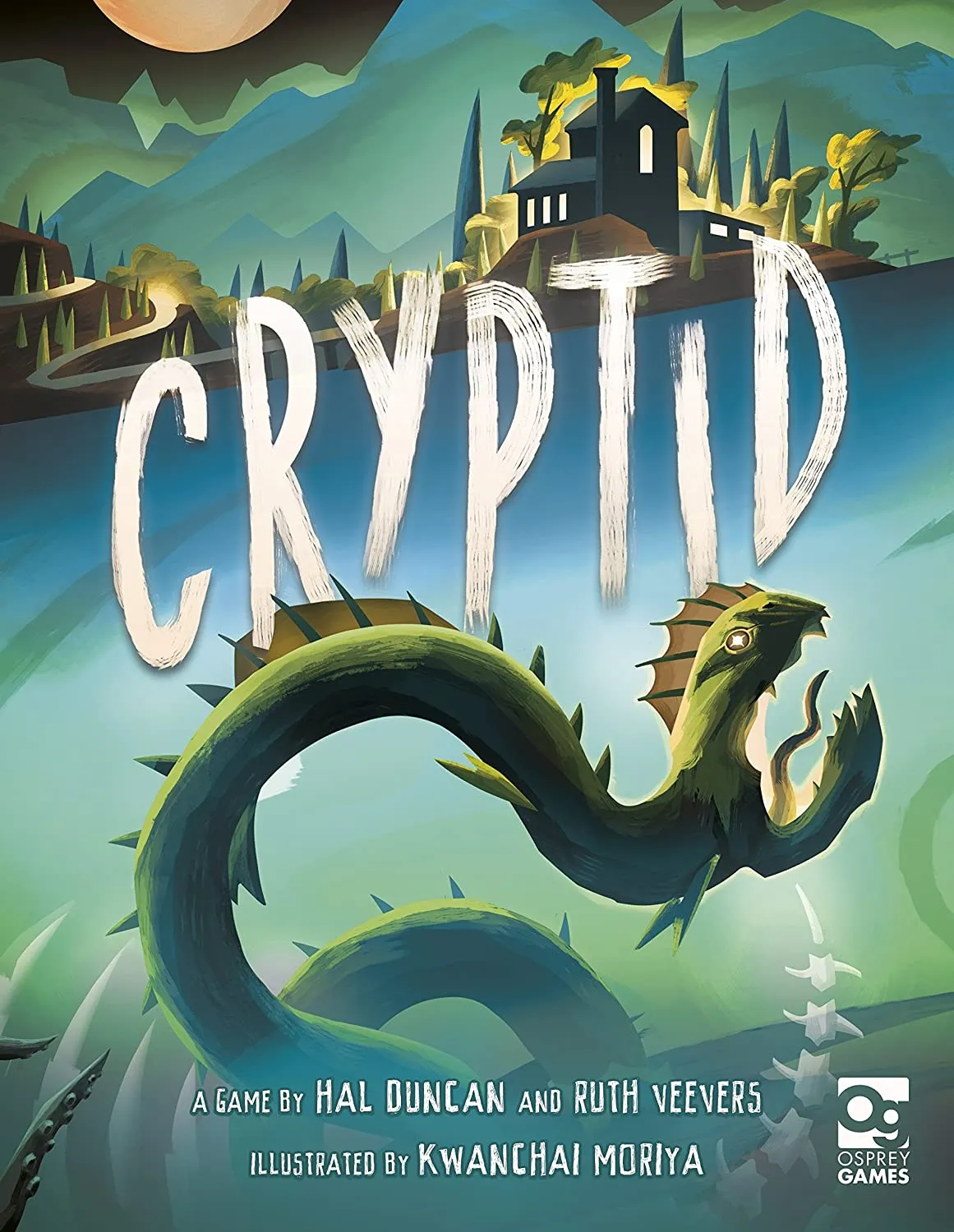
A band of crytozoologists have come together to find the Cryptid, an elusive creature that has never been found. Each player has a clue as to where the species could be on the map, such as in certain types of habitat, but players don't know each other's clues.
On their turn, a player has two options. They can 'Guess' and directly ask another player whether the Cryptid could be in a certain space, to which the other player must answer truthfully and place a block (cube for 'no' or circle for 'maybe') on that space. If a cube is placed, the player whose turn it is must also place a cube onto the board in another space and must also tell the truth.
Alternatively a player can 'Search' a space they think the Cryptid could be, whereupon each player must put down a block until a cube is put down. The first person to 'Search' a space and correctly guess where the Cryptid is located is the winner.
Sounds easy, but players need to find out the clues that their opponents have, without giving too much information away about their own clue. And typically, what happens is that as information is gathered and clues are guessed, a newly placed block will throw everything into confusion.
Two layers of difficulty are available, the one described above, and another version where inverse clues are also provided (i.e. the species is not found in set habitats), thus doubling the number of clues available and to try to work out.
Reviewed by Megan Shersby, editorial & digital co-ordinator, BBC Wildlife
Photosynthesis (2017)
By Hjalmar Hach. Illustrated by Sabrina Miramon. Blue Orange Games, £39.99.
Age 10+, 2-4 players, 30-60 minutes playing time.
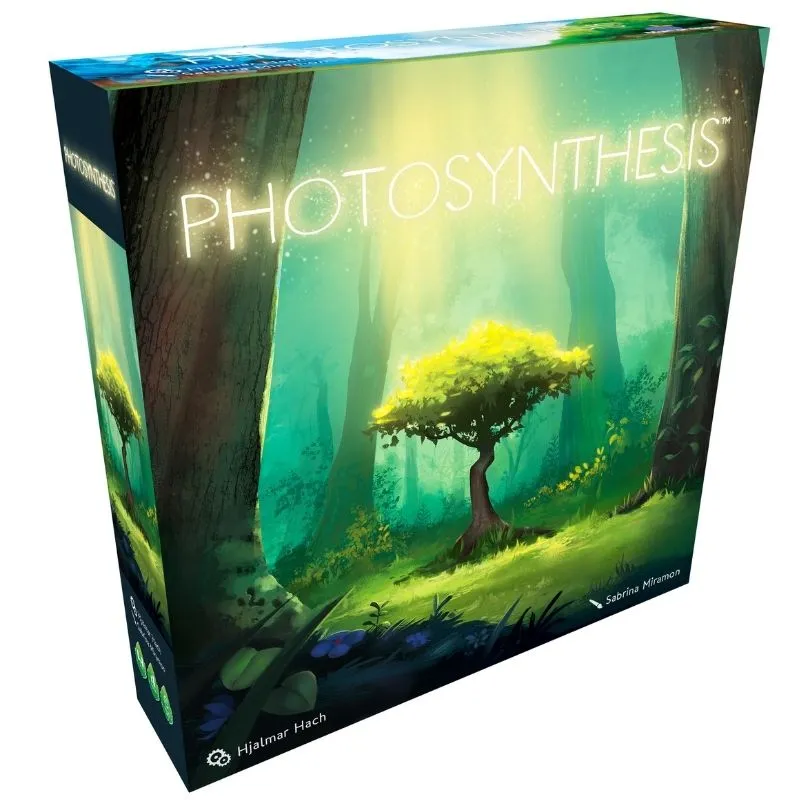
The aim of Photosynthesis is simple, to grow trees using sunlight. The sun travels around the board (with three or four full rotations per game), and the bigger your tree, the more light points it collects. When one of your trees completes its lifecycle, you gain additional points. However, you may find that your seedling or tree is overshadowed by another tree and unable to photosynthesise and collect light points, which provides an additional competitive element to the game.
There’s a number of trade-offs to be thought of whilst playing, including when to spend your accumulated light points on growing your trees or sowing seeds, and even when you want to complete a tree’s lifecycle. Timing is key, as the longer a mature tree stays on the board, the more light points it accumulates, and it may be overshadowing other player’s trees. At the same time, location is also an important factor as the board is split into four sections, with the middle board spaces scoring higher when your trees complete a cycle there. As trees mature in a section, the number of points available to gain in that section decrease.
Each player has their own type of tree (and associated seeds), which are different colours and shapes to help tell them apart on the board. As with anything requiring assembling, it's good fun to pop the cardboard parts out and put them together.
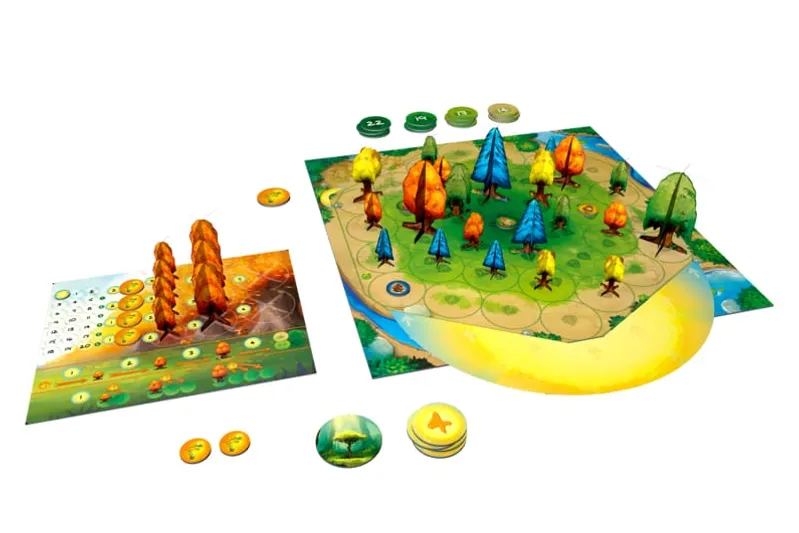
Photosynthesis has one expansion, Under The Moonlight, which was released in UK in spring 2021. This enhances the base game with the addition of a moon, the Great Elder Tree, moonstones and the ability to collect lunar points for your forest animal (each of which has a special power). This will inevitably mix things up a bit when it comes to planning your strategy.
Reviewed by Megan Shersby, editorial & digital co-ordinator, BBC Wildlife
Indian Summer
By Uwe Rosenberg. Stronghold Games.
Age 10+, 1-4 players, 15-60 minutes playing time.
Buy now from:
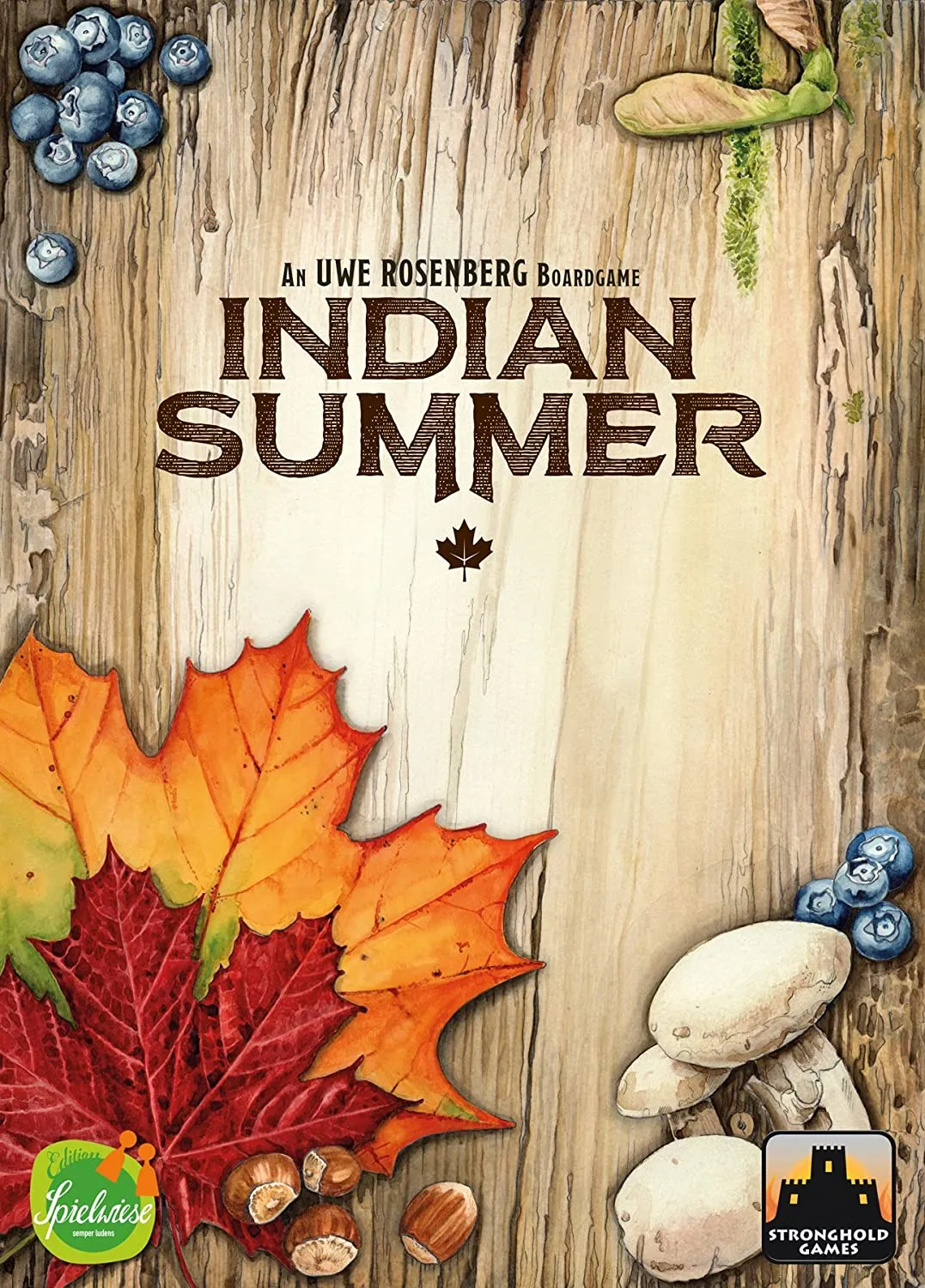
Designer Uwe Rosenberg is a big name in modern board games, known for some of the most popular strategic titles available. In Indian Summer, considered the most complex in his trilogy of tile placement games, players compete to cover their forest floors in tetris-like blocks of colourful leaves.

The race gets more interesting as you uncover treasures such as berries and mushrooms that tweak the rules. On the downside, the pieces are fiddly for less dextrous players, and it requires plenty of brain power – especially once the animal tiles come into play. Overall, the autumnal artwork makes this a spectacular option for fans of strategy games.
The other two games in Rosenberg's trilogy are Cottage Garden (Amazon UK), and Spring Meadow (Amazon UK, Leisure Games, Meeples Corner).
Reviewed by Ella Davies, nature writer
Sticky Chameleons
By Cédric Barbé and Théo Rivière. IELLO.
Age 6+, 2-5 players, 20 minutes playing time.
Buy now from:

Sticky Chameleons is a game for 2-6 players best played at a safe distance from precious family heirlooms! Each player is a chameleon, equipped with a sticky pink ‘tongue’ they must use to pick up the correct insect prey tiles as indicated by a roll of the dice. Naturalists will gripe that wasp tiles are to be avoided, despite chameleons regularly feasting on them in real life.

Those familiar with the sticky, stretchy toys kids love to fling at walls and get tangled in their hair will realise how chaotic the game can get in large groups. If you can stop laughing and crying long enough to keep track of the score, the winner is the first to five points.
Reviewed by Ella Davies, nature writer
Squirrel Rush
By Krzysztof Matusik. Tailor Games.
Age 6+, 2-6 players, 15-30 minutes playing time.
Buy now from:
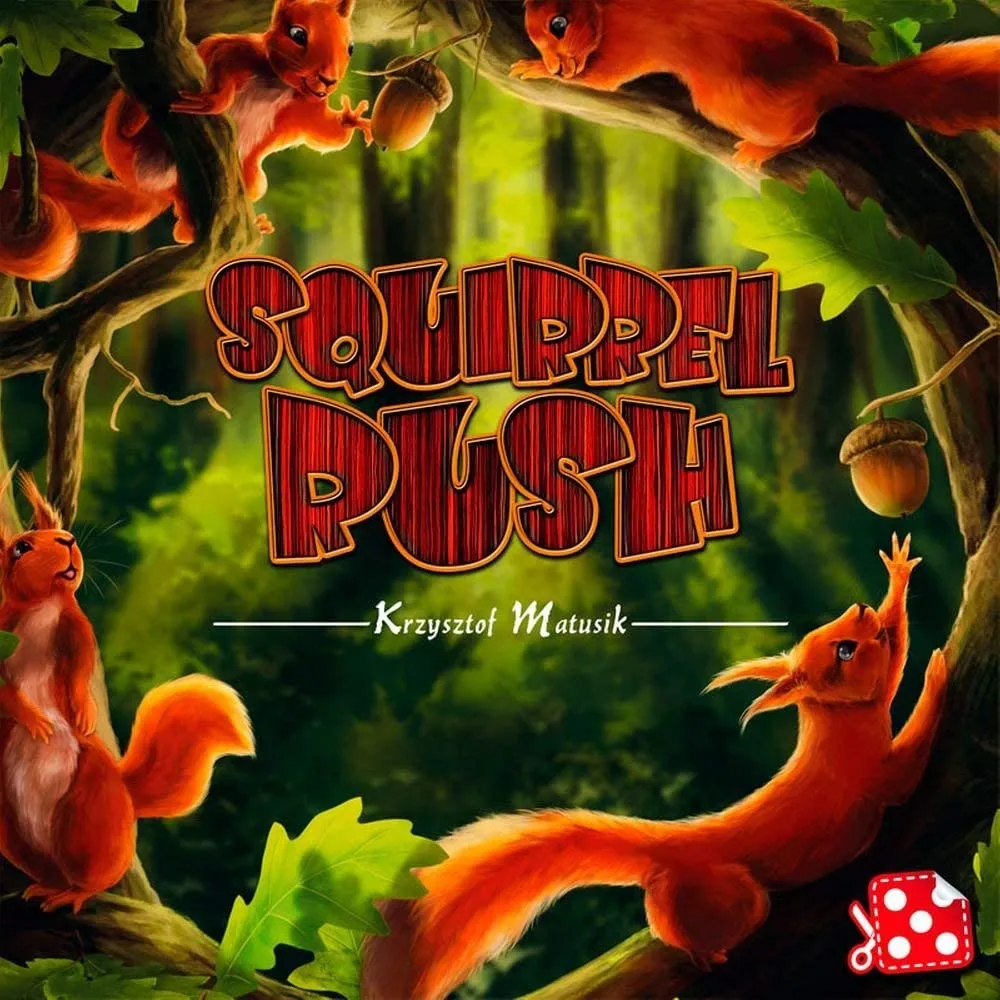
Squirrel Rush is a tile placement game that casts you as competitive squirrels, trying to collect as many nuts as possible before winter arrives. The game is simple to set up and quick to play but gets tactical as you choose the best path through the glade for the maximum haul of acorns.
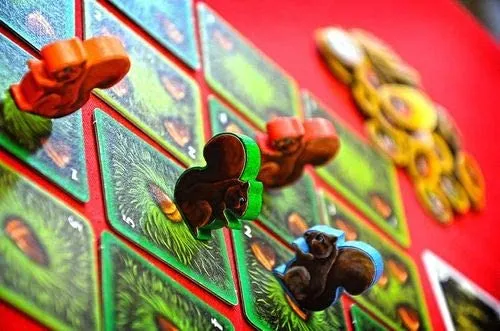
It’s a fun family game, the wooden squirrel player pieces are satisfyingly tactile, and the cards feature adorable illustrations of red squirrels in action. Consider adding a copy to your cache if you’re a fan of logic puzzles, need a ‘filler’ between more involved games, or you’re catering for shorter attention spans.
Reviewed by Ella Davies, nature writer
Ocean bingo (2018)
Laurence King, £19.99.
Other wildlife- and animal-themed bingo games are also available from Laurence King: Bird, Bug, Monkey, Australia's Deadly Animals, Cat, Dog, for £19.99, and for younger children: Poo, Jungle, and Dinosaur, for £16.99.
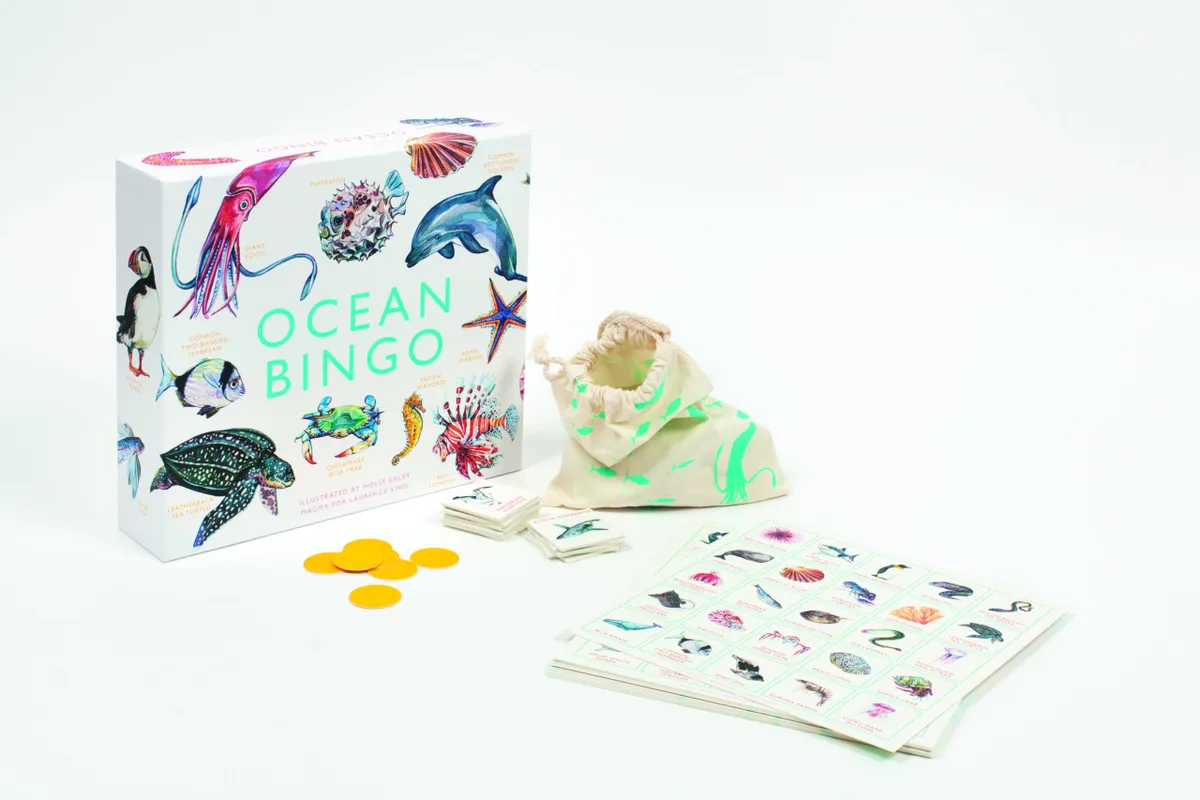
Hurrah! A board game with no ridiculously complicated rules that drain all joy from the arena before anyone has so much as spun a spinner. This – the latest in a series of wildlife-themed Bingo sets – is perfect for restless kids and rainy days, and requires precious little by way of instruction.
All you have to so is select a game card; cover your 25 (out of 64) sea creatures with yellow discs as they are called; and the first to finish shouts The Word. It’s a great way for children to get to know some of our amazing ocean species, from red lionfish to leatherback sea turtles.
Reviewed by Sarah McPherson, section editor, BBC Wildlife
I Saw It First! Ocean & Jungle
Laurence King, £19.99 each
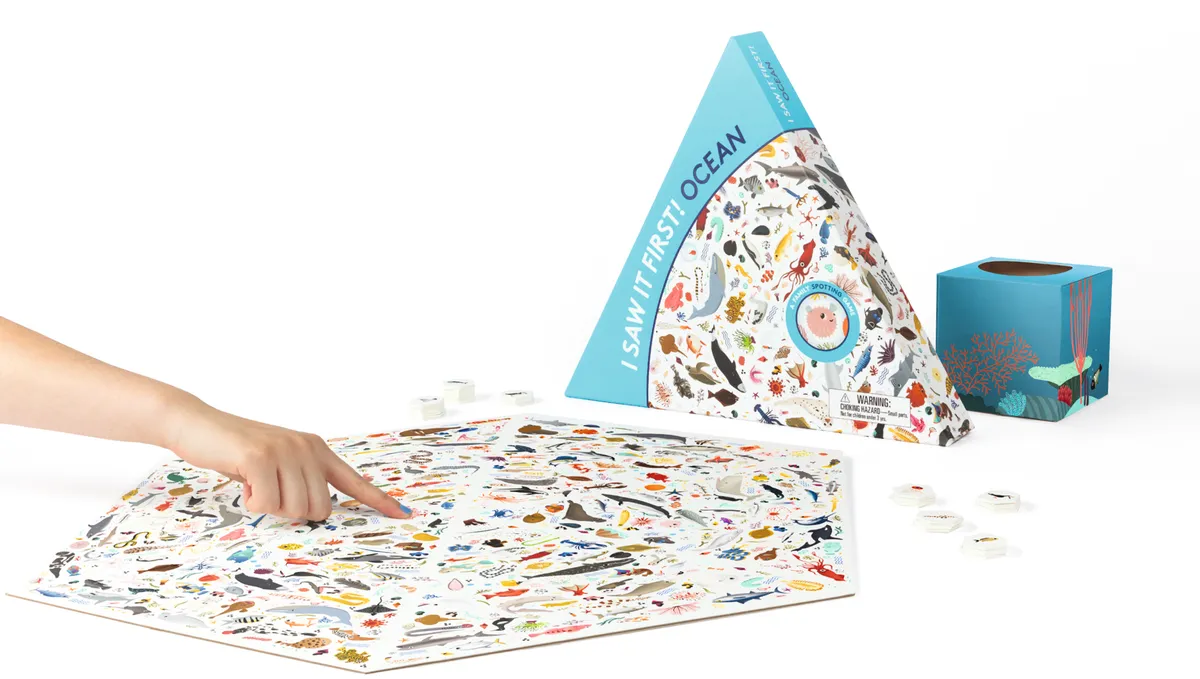
The concept couldn’t be simpler. You have a board with pictures of some 300 species of creatures – whales, coral, shellfish, jellies, crabs, et al in the Ocean version, and creatures such as gorilla, tiger, Temminck’s tragopan and Sumatran torrent frog in the jungle version. And you have a box, from which you draw illustrated tokens. All you have to do is match the picture on the token with one on the board. The winner keeps the token and you draw again from the box. Whoever ends the game with the most tokens is the champ.
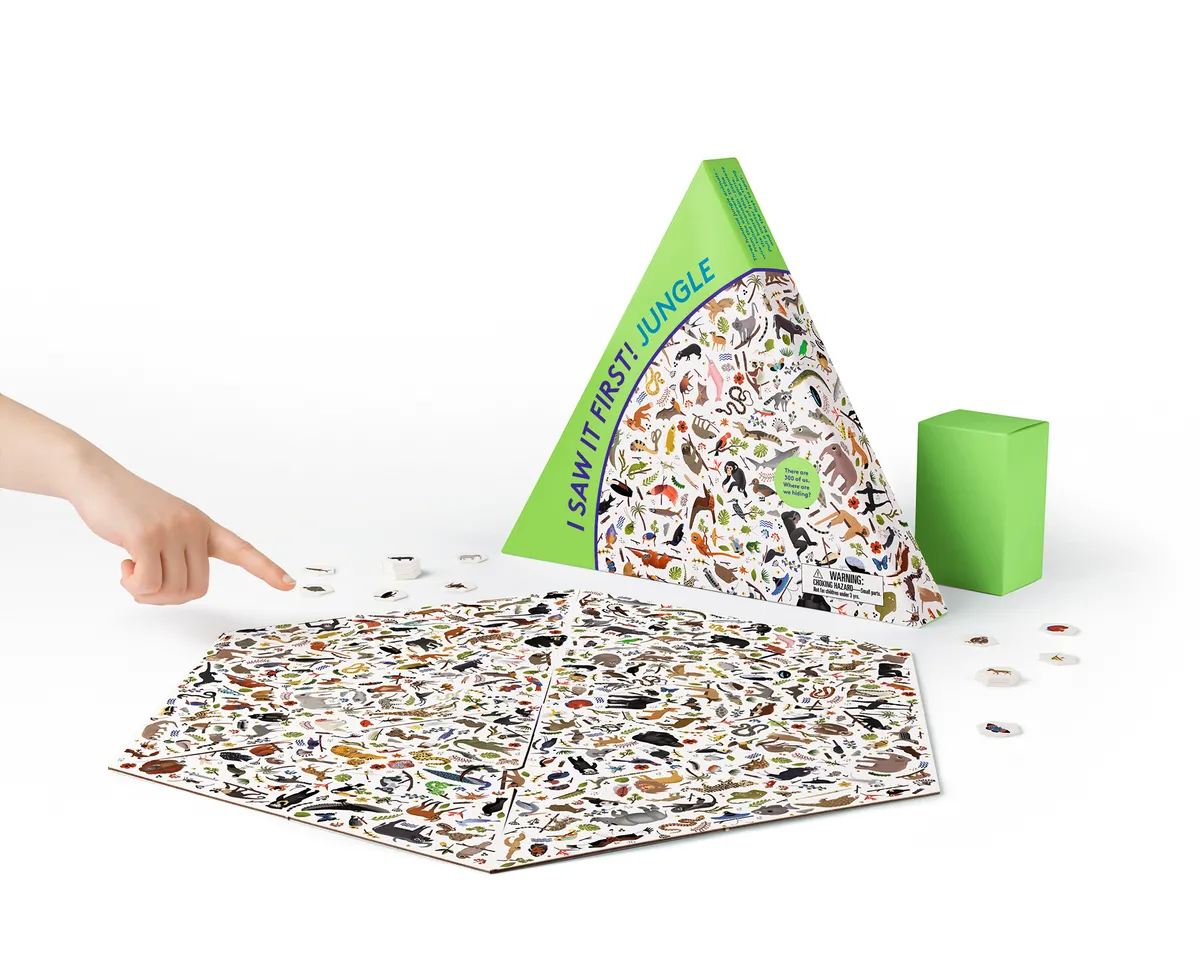
The tokens include the species’ names, and as we played, we assimilated oceanic ID knowledge without realising. So far, my son and I have only played a handful of times, but our spotters’ badges are assured – we’ll never fail to identify a terrible claw lobster or googly-eyed glass squid. Simple, but effective.
Reviewed by Paul McGuinness, editor, BBC Wildlife
Card games for nature lovers
The Lost Words (2020)
Thames and Kosmos, Age 8+, £13.99.
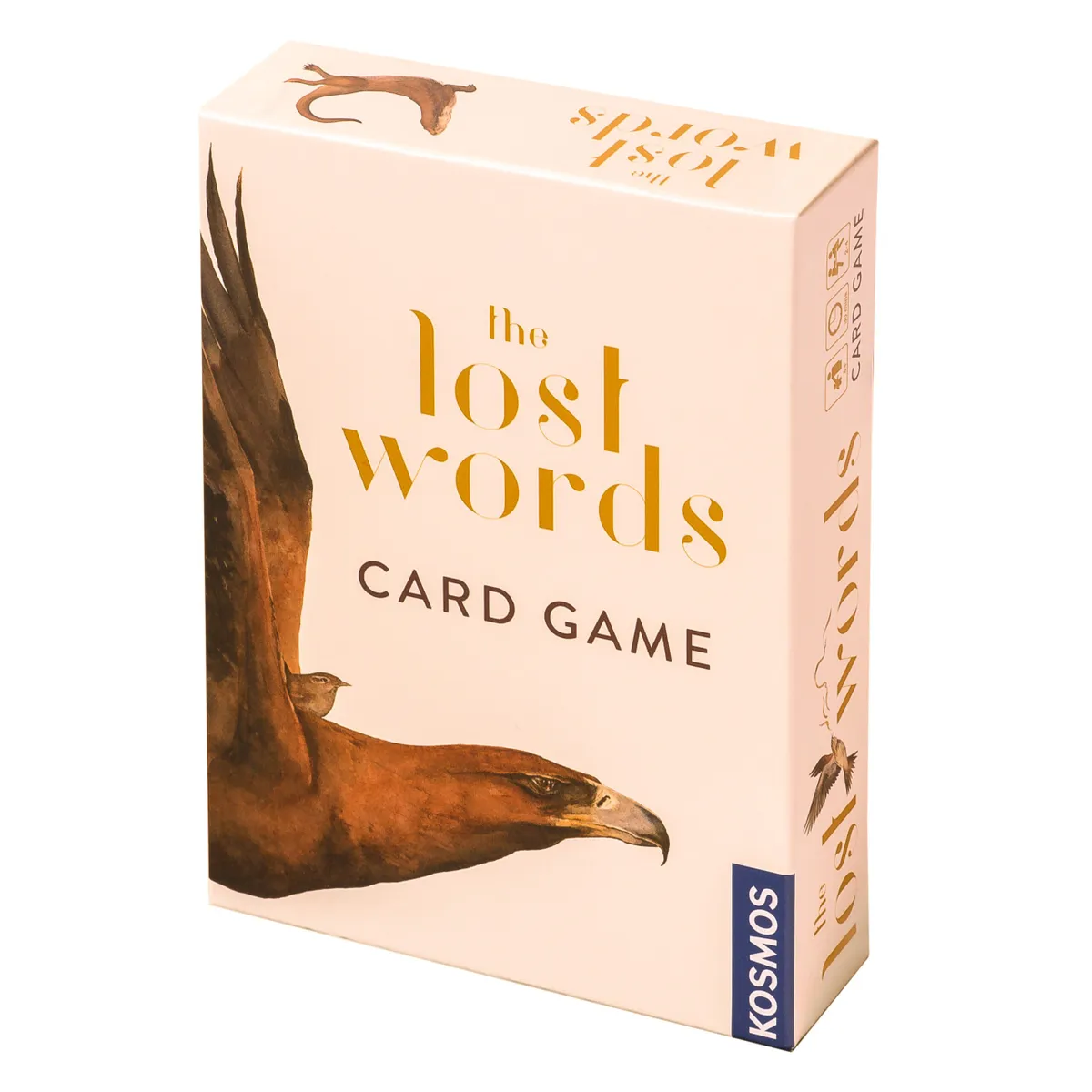
Based on the bestselling book by Robert Macfarlane and Jackie Morris, this is a relatively straightforward card game, the object of which is to be the first to pair the cards in your hand with those on the table.
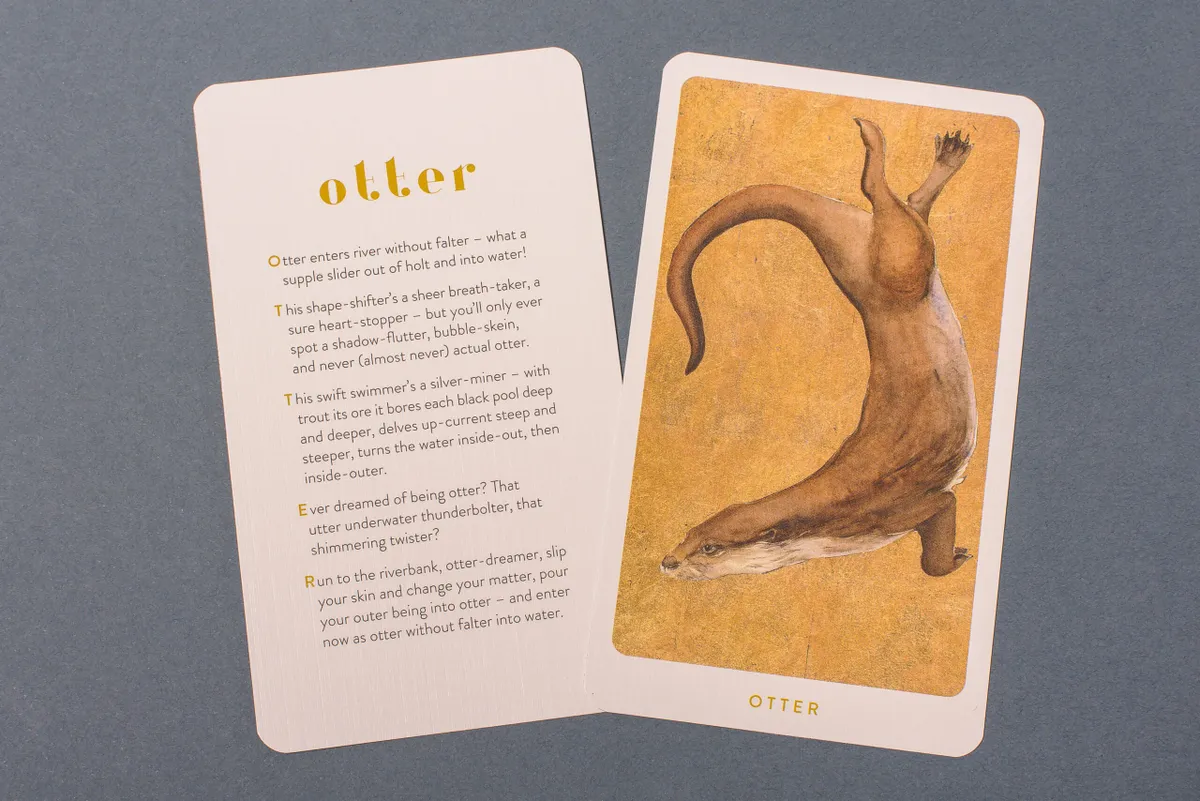
There’s an edge to proceedings, as certain cards allow you to mess with your opponents – draw a magpie, for example, and you can steal a completed pair. One hand took about 30 minutes, and it was something of a delight to play with such beautiful illustrations of the natural world, and to hear 10- and 12-year-old boys talking about brambles, wrens, otters and larks.
Reviewed by Sarah McPherson, section editor, BBC Wildlife
Unstable Unicorns (2017)
By Ramy Badie. £19.99.
Age 14+, 2-8 players, 30-45 minutes playing time.
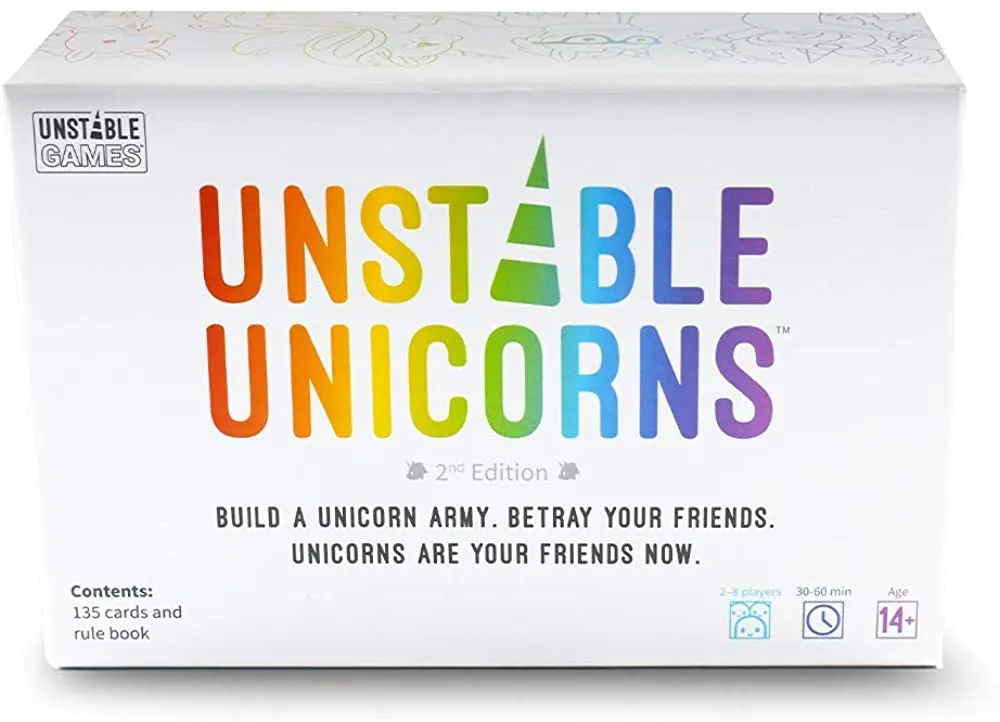
One of the most backed games on Kickstarter's history, the aim of Unstable Unicorns is to build an army of unicorns in your Stable, starting with an adorable baby one. The winner is the first person to reach seven unicorns, which sounds simple but it is far from it. Some of the unicorns are destructive, and help you destroy unicorns in your opponents' Stable, or vice versa. Sadly even the baby unicorns aren't safe from such cruel actions, although they do get returned to the Nursery rather than be killed off, which is a relief.
Magical unicorns with special powers, as all as upgrade and downgrade cards, allow you to protect your unicorns, collect ones from the discarded pile, and effect how your opponents can play unicorns. The addition of 'Neigh' cards (and even a 'Super Neigh' card) provides another layer of fun – or frustration, if they are played against you – as they allow you to prevent your opponents playing cards.
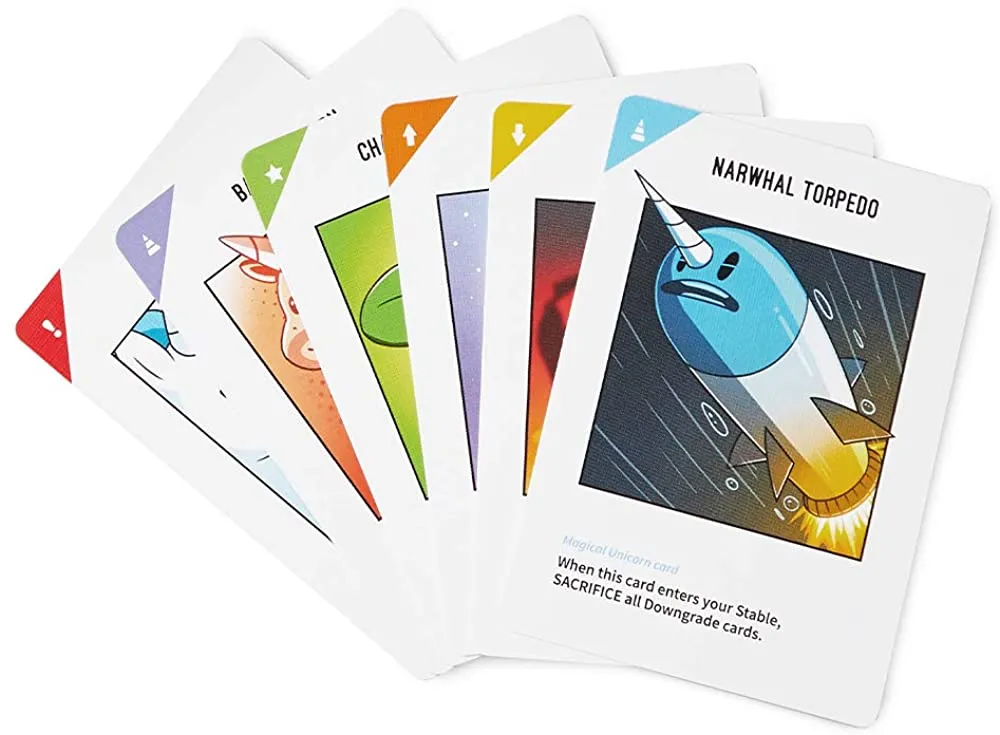
As wildlife lovers, we were thrilled by the inclusion of narwhals and even a rhino – real life unicorns!
Multiple versions and expansions have been released in the years since the games original publication: the Unicorns of Legend expansion, the Dragon expansion, the Rainbow Apocalypse expansion, Adventure expansion, a NSFW (Not Safe For Work) version, plus a travel-sized version with only 82 cards (compared to 135 in the original).
Reviewed by Megan Shersby, editorial & digital co-ordinator, BBC Wildlife
Arboretum
By Dan Cassar. Renegade Games Studio, £19.99.
Age 8+, 2-4 players, 30 minutes playing time.
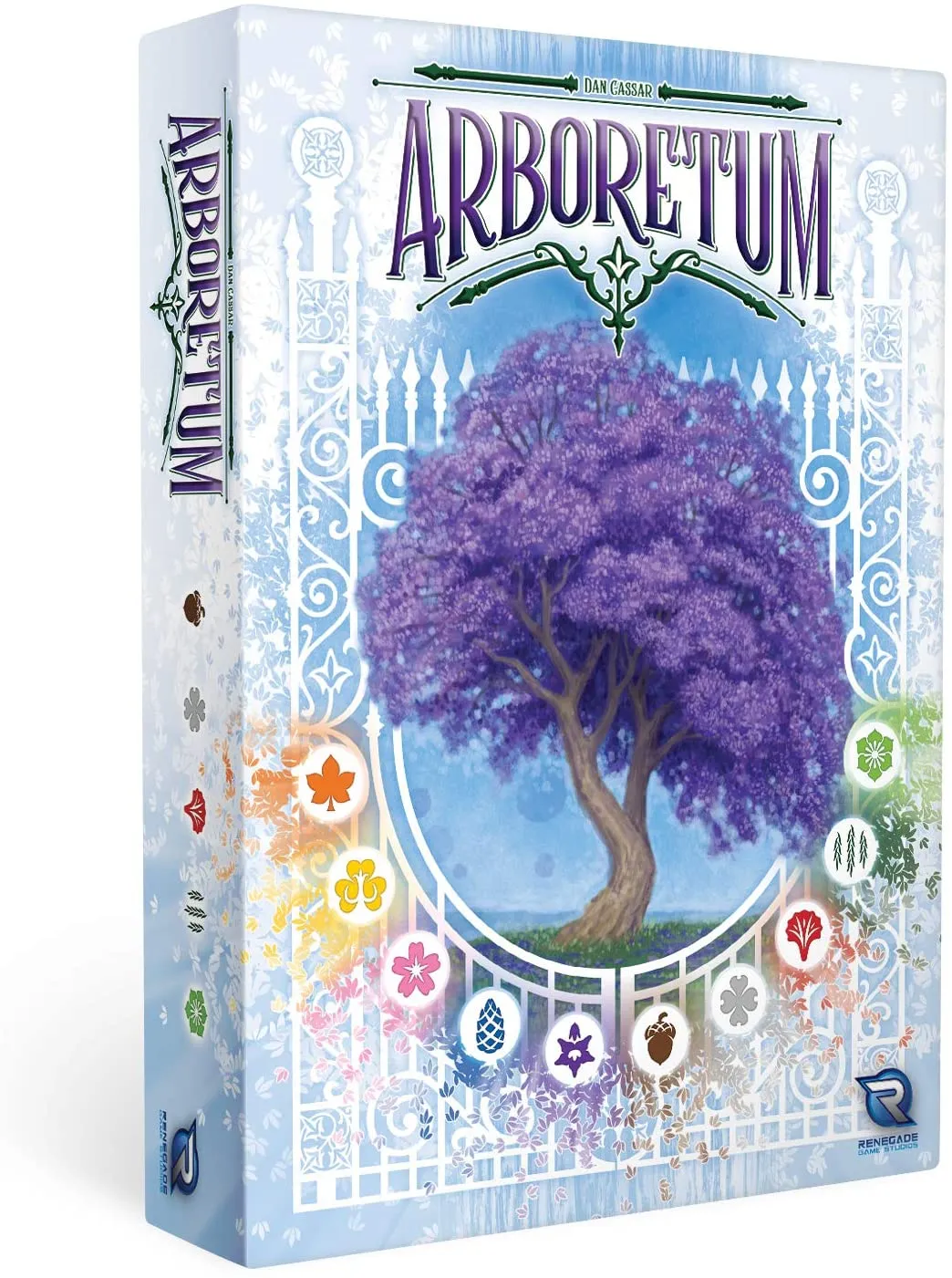
If you dream of planting trees, you might be attracted by the prospect of Arboretum, a card game for 2-4 players that requires you to plot a path through a beautiful collection of your own creation. In truth, it’s not suited to dreamers, as things quickly become very competitive and players eventually wipe out each other’s arboricultural efforts.
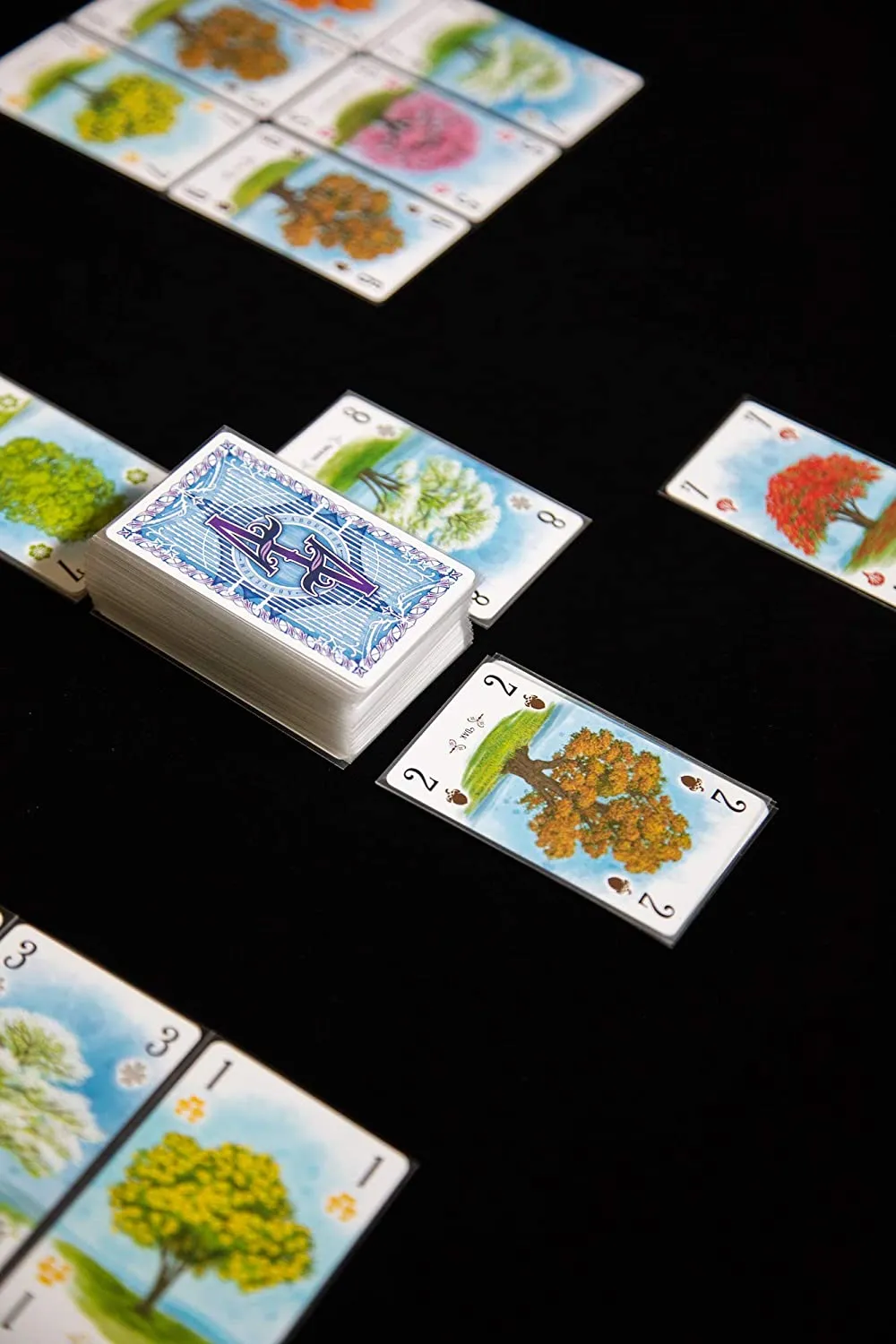
While the cards can teach you about the shapes and shades of some of the world’s most flamboyant tree species, the game overall feels like a slightly harsh lesson on how to read your opponents. That said, it’s ideal for analytical thinkers, particularly when played head-to-head.
Reviewed by Ella Davies, nature writer
Birds of a Feather (2015)
By Teale Fristoe. Nothing Sacred Games.
Age 9+, 1-7 players, 15 minutes playing time.
Buy from Nothing Sacred Games.
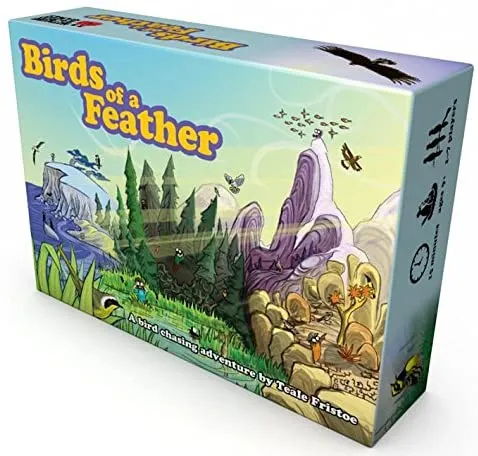
You don’t have to know much about US bird species to play Birds of a Feather, though you might pick up a few facts from the game. Playing as a twitcher, you manage your hand of cards to tick off as many species as possible, earning extra points for full groups from differing habitats including wetlands, deserts and mountains.
It’s a great game for getaways, packed in a neat little box and with beautifully clear artwork sure to cheer up any rainy days. It’s also quick to play, suitable for all ages and can be played solo - but is best in bigger groups of up to seven.
Reviewed by Ella Davies, nature writer
Butterfly Wings: A matching game
Laurence King, £14.99.
Other wildlife- and animal-themed matching games are also available from Laurence King: Pair of Birds, Flower, Animal Tracks, Dinosaur Bones, Leaf, Cats & Kittens, Dogs & Puppies.
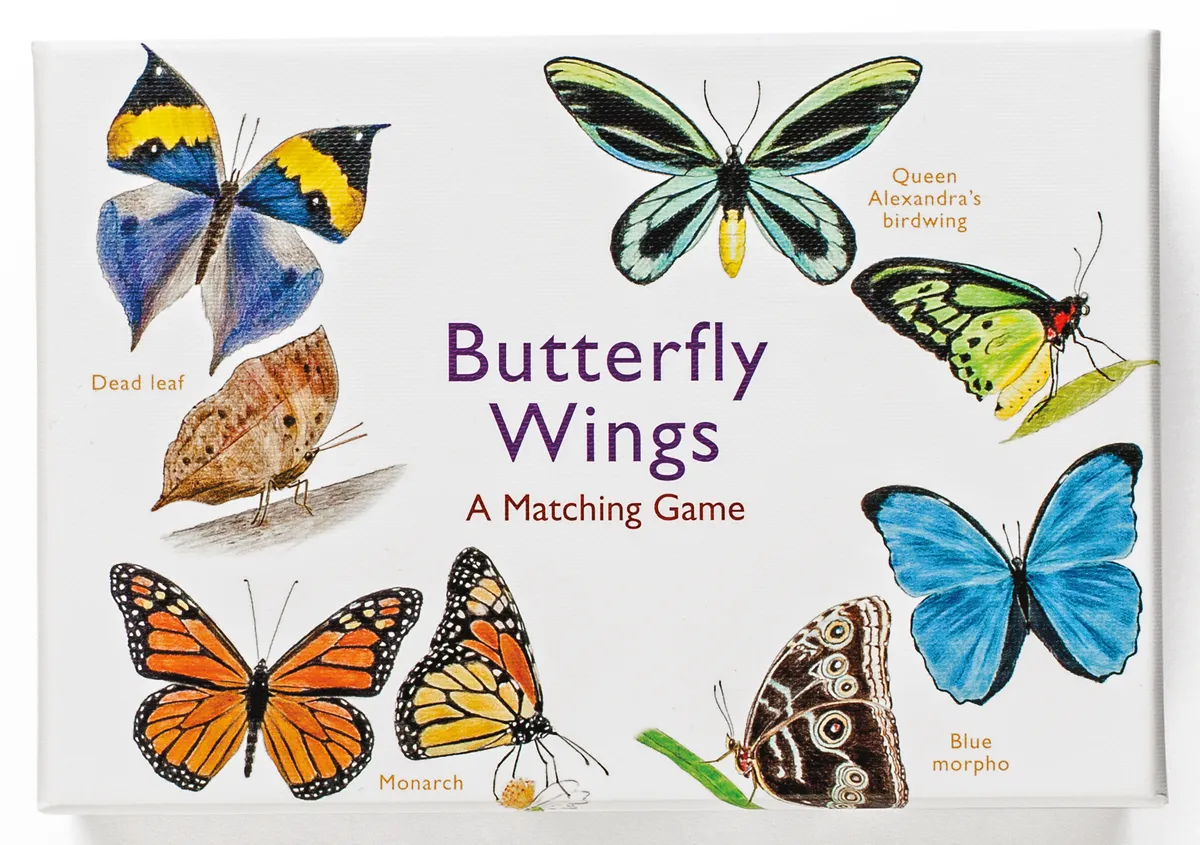
A box full of 25 delicately detailed butterflies awaits players of this game. The challenge? Each species is featured twice, once with wings open, and once closed – all you need to do is pair them up. Though crimson rose and zebra longwing make life easy, those such as blue morpho and gold-banded forester may prove a little trickier.
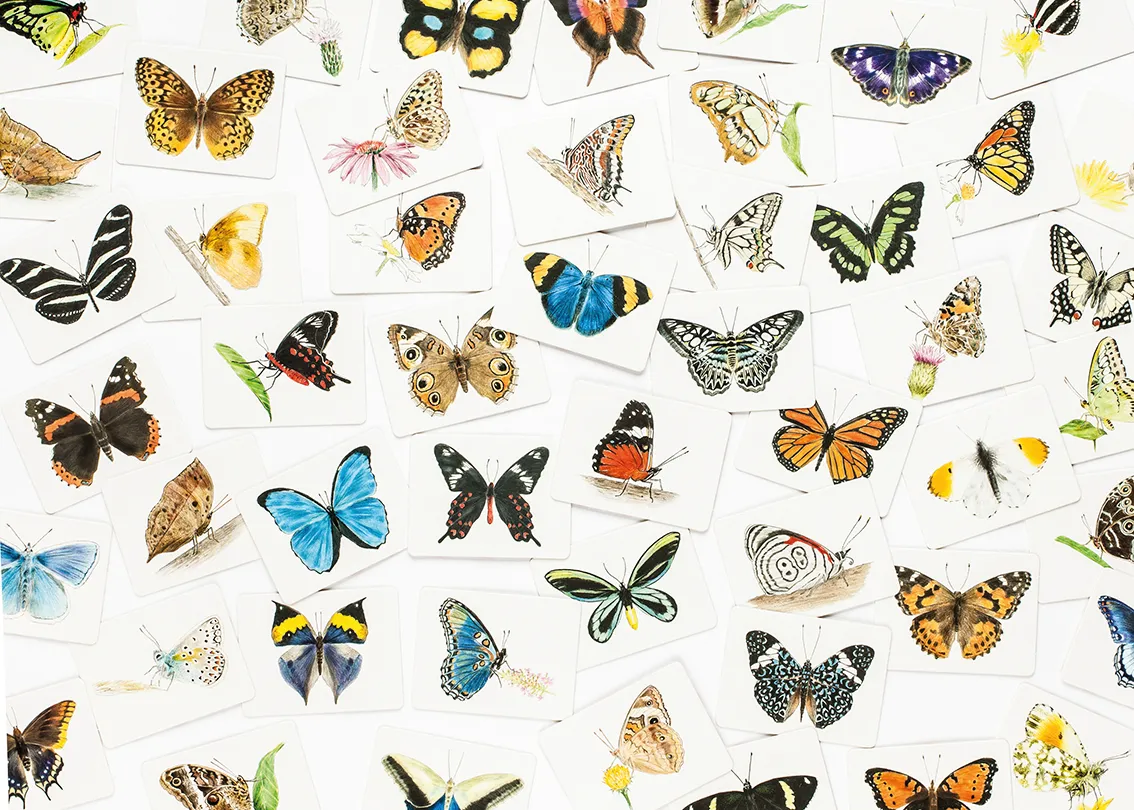
While Christine Berrie supplies the wonderful illustrations, Mike Unwin provides information on each species in the accompanying ‘key to the butterflies’, which reveals the correct pairings. You’ll soon be able to tell your dead leaf from your sunset daggerwing.
Reviewed by Angharad Moran, former production editor, BBC Wildlife
Birds playing cards
Laurence King, £8.99
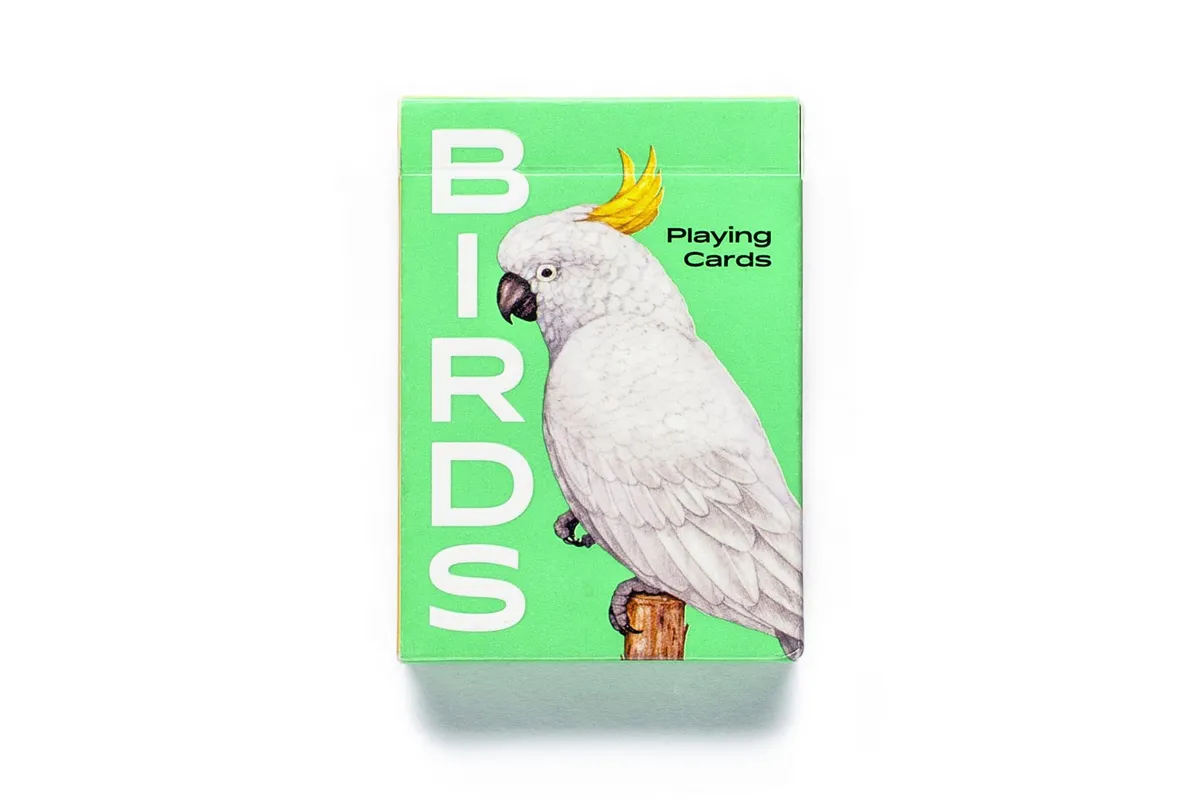
Introduce an ornithological element to your game nights. Each of the cards in this delightful deck is adorned with a different bird species illustrated by Ryuto Miyake. The traditional suits are colour co-ordinated – diamonds feature a snowy egret and Bali mynah; a hummingbird and Victoria crowned pigeon are placed within spades; a flamingo and scarlet ibis are part of the clubs family; while a raven and long-wattled umbrellabird are included in the hearts suit.
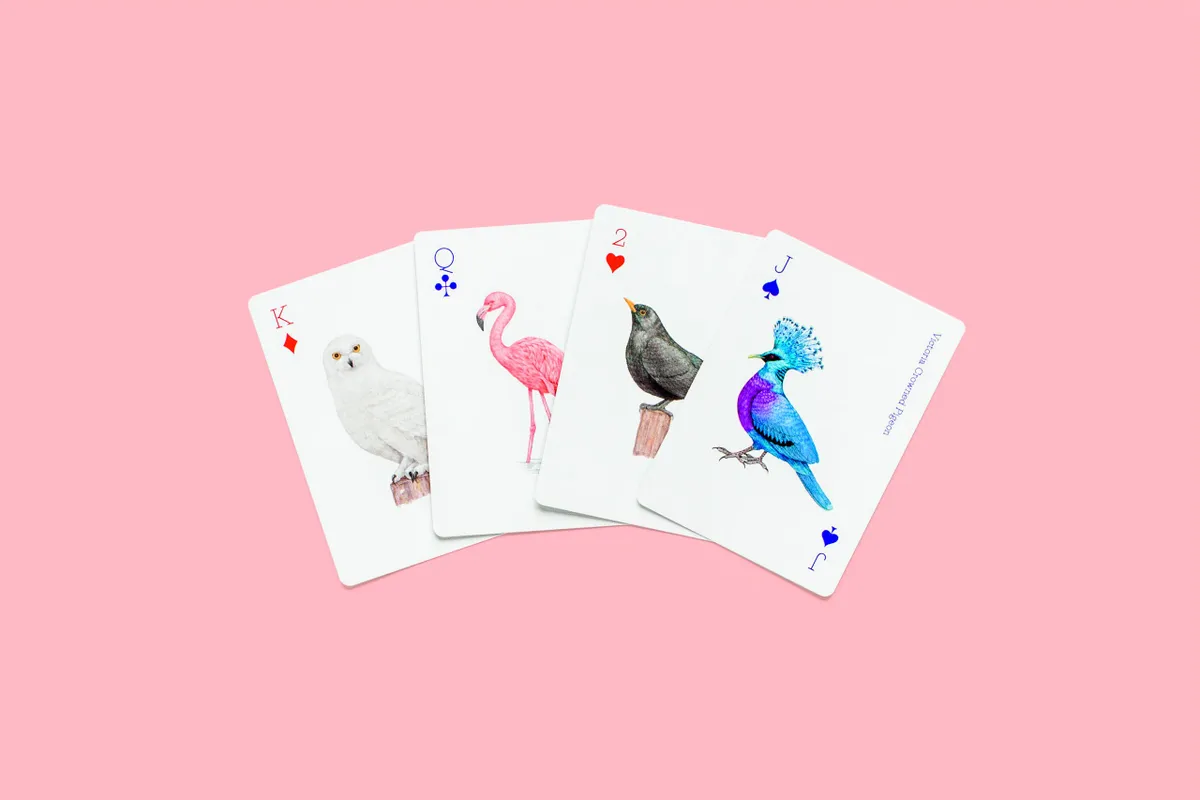
With an educational aspect for younger players and the chance to admire lovely artwork, your games may take a little longer but what’s the rush?
Reviewed by Angharad Moran, former production editor, BBC Wildlife
Jigsaw puzzles for nature lovers
Read even more jigsaw puzzle reviews in our round-up article.
Nature reserve jigsaw puzzle
RSPB, £12.99
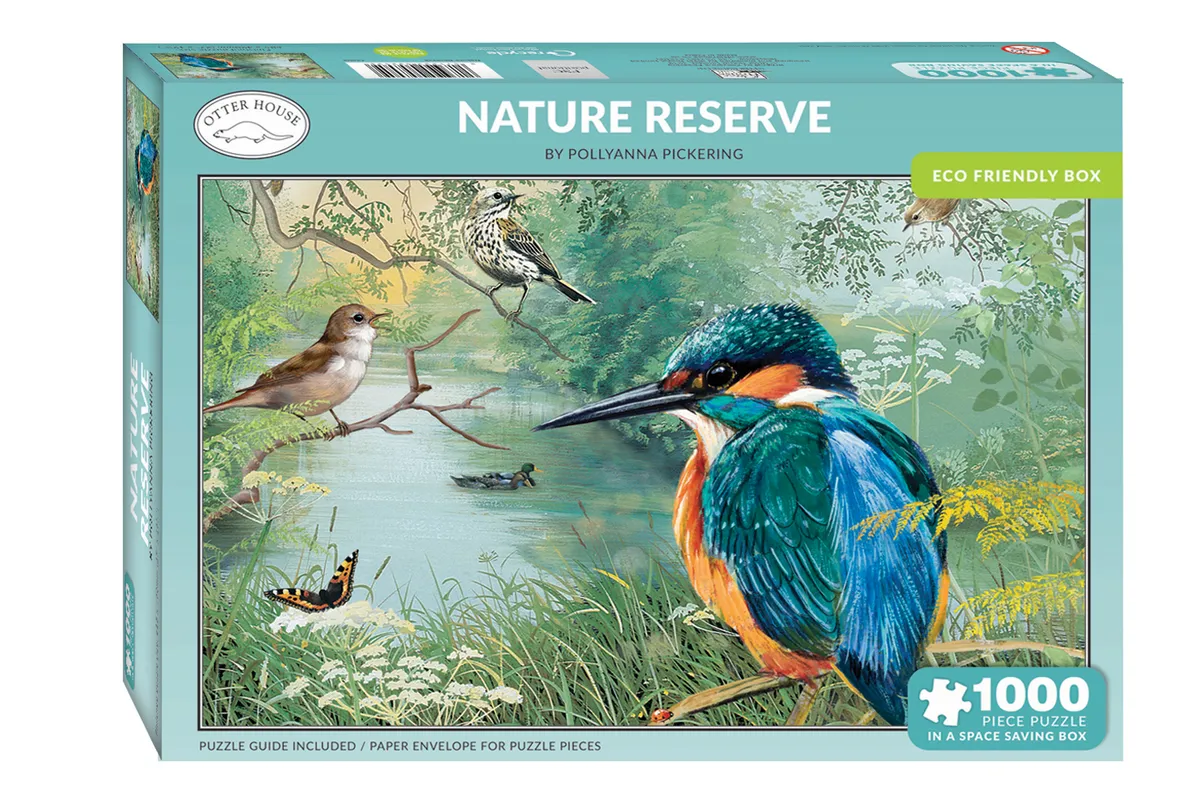
Unsurprisingly, the calming activity of doing a jigsaw puzzle gained popularity during lockdown, with many of us seeking simple ways to fill our free time at home that didn’t involve looking at a screen.
Illustrated by wildlife artist Pollyanna Pickering, this nature reserve themed square jigsaw from the RSPB is this rather lovely. The jigsaw features a beautiful river scene with a vibrant kingfisher in the foreground and other bird and wildlife species along the edge of the puzzle, making it an ideal gift for any bird lover.
At 1,000 pieces, the jigsaw is challenging enough to satisfy serious puzzle enthusiasts without being too daunting for the less experienced.
Accompanied with a useful illustration guide, this eco-friendly puzzle took an enjoyment couple of Sunday afternoons to complete. The edging and river sections can be a little tricky to piece together and took some patience to complete, but of course that’s part of the joy of doing a jigsaw puzzle.
Reviewed by Carys Matthews, group digital editor, BBC Countryfile and BBC Wildlife
Blooming Wolf jigsaw puzzle
Wentworth Wooden Puzzles, £25.00.
Buy now from:

Jigsaws have enjoyed something of a resurgence since lockdown. If you’re after something a bit different, try this colourful and absorbing 185-piecer. Like all Wentworth products, it’s UK-made (from sustainable sources) and includes the Victorian-inspired ‘whimsy’ pieces, shaped according to theme – so here, wolves, flowers and ornate spirals.
These aren’t your standard jigsaws. Aside from the obvious quality of the wooden pieces, they are a law unto themselves – middle pieces can have straight edges and no two are the same. I began mid-morning and emerged mid-afternoon – just the right level of taxing.
Reviewed by Sarah McPherson, section editor, BBC Wildlife
Mobile games for nature lovers
Wildeverse
Internet of Elephants,
Free from .wildeversegame.com

Enter an augmented reality with this new mobile wildlife game. Look through the virtual forests to find and learn about four species of ape, all of which are based on real individuals in the wild – Fio (Bornean orangutan), Chili (white- bearded gibbon), Buka (western lowland gorilla) and Aida (chimpanzee). Working with scientists, you’ll help to conserve the apes through various missions, such as looking for tracks and poo, and finding out what food the apes have been eating.
Working with scientists from real wildlife organisations – Goualougo Triangle Ape Project and Borneo Nature Foundation – the developers had planned for users to play the game outdoors, but with the outbreak and spread of coronavirus, they worked to adapt it for playing indoors.
Reviewed by Megan Shersby, editorial & digital co-ordinator, BBC Wildlife
Video games for nature lovers
Bee simulator
BigBen Interactive, £34.99. Available on PC, PS4, Nintendo Switch and Xbox One.
Buy now from:
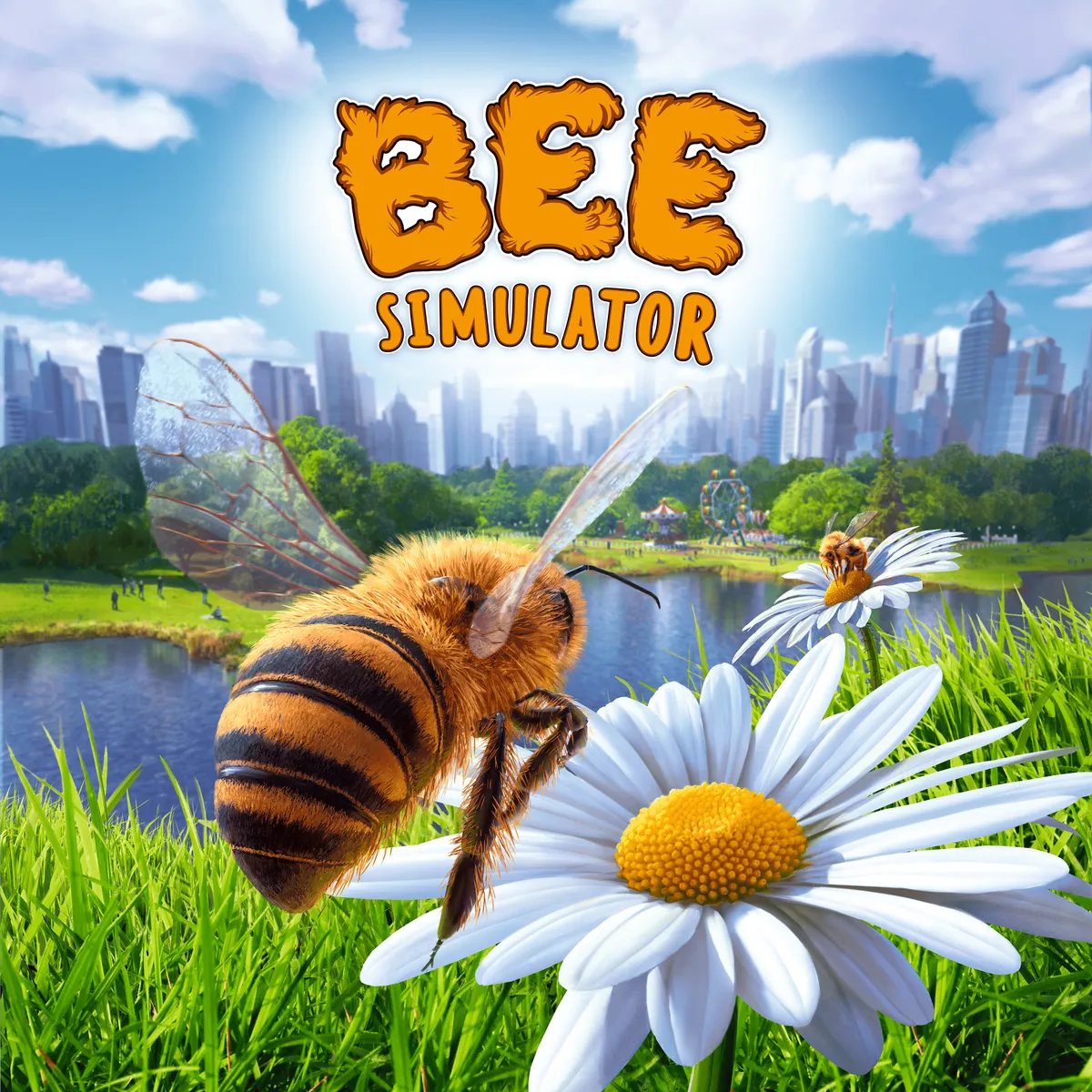
Explore the world of a honeybee in this fun game. Born to a hive in a world inspired by New York’s Central Park, you’ll gradually learn how to fly, collect pollen, help other bees, dodge spider webs, and even how to fight wasps. The game is educational and aimed at families.

Though enjoyable to play, the voiceovers are quite cheesy, and controlling the flight of your bee is far more difficult than expected – so it is probably not suitable for first-time gamers.
Reviewed by Megan Shersby, editorial & digital co-ordinator, BBC Wildlife
Beyond Blue
By E-Line Media. Available on Steam, X-Box One, X-Box Series X|S, and PS4. Coming soon to Nintendo Switch. £15.99.
Buy now from:
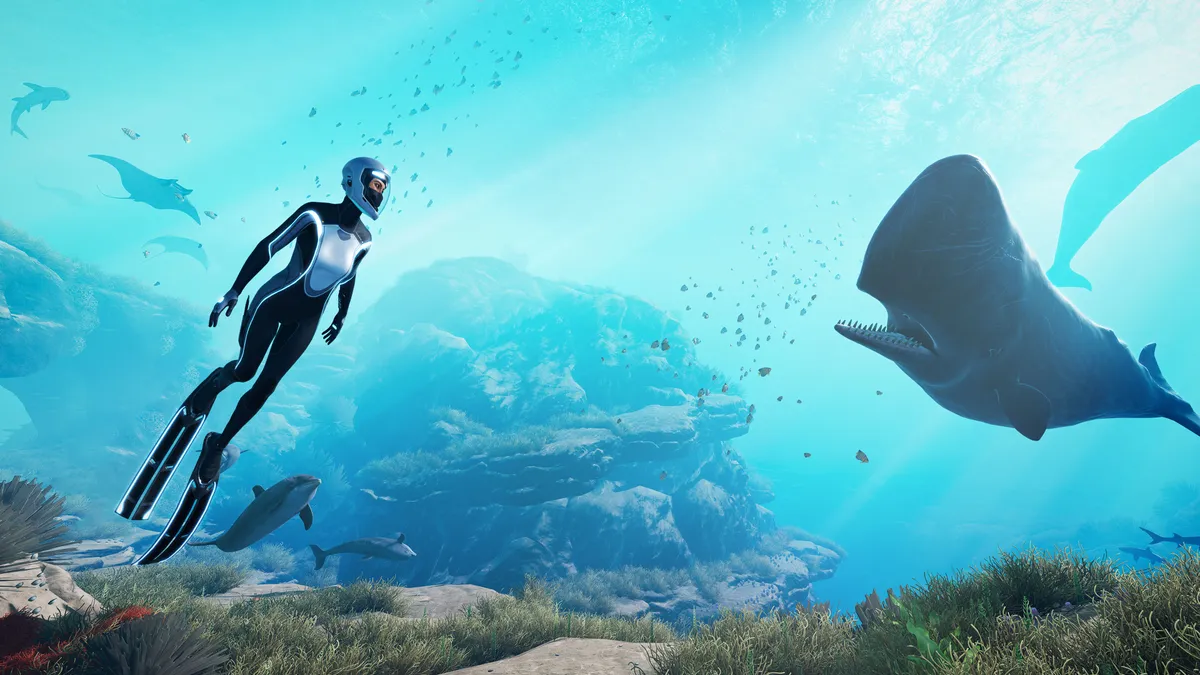
Dive into the underwater world of our oceans as ‘Mirai’, a deep sea explorer and scientist. With the help of a research team, you’ll be tracking down marine animals – delicate comb jellies, spider crabs, octopuses and awe-inspiring humpbacks – and studying a family of sperm whales that Mirai has been following for a while.
The science includes audio playback experiments, collecting DNA samples and using UV light on sharks, all accompanied by insightful information. However, there are some odd topics covered in conversations with Mirai’s sister and colleagues, such as a grandmother’s illness. Perhaps these are added to give depth to the characters, but they felt unnecessary.
Back at your submarine hub, there are mini documentaries to watch, featuring never-before-seen- footage from BBC Studios’ Blue Planet II and interviews with leading ocean experts. Even in virtual form, the species are beautiful and fascinating to watch.
Reviewed by Megan Shersby, editorial & digital co-ordinator, BBC Wildlife
Main image: Family sitting on a couch, playing a memory game. © Getty
